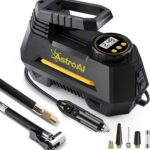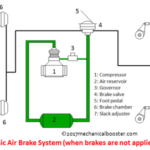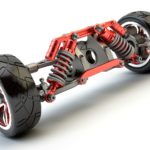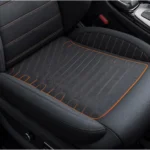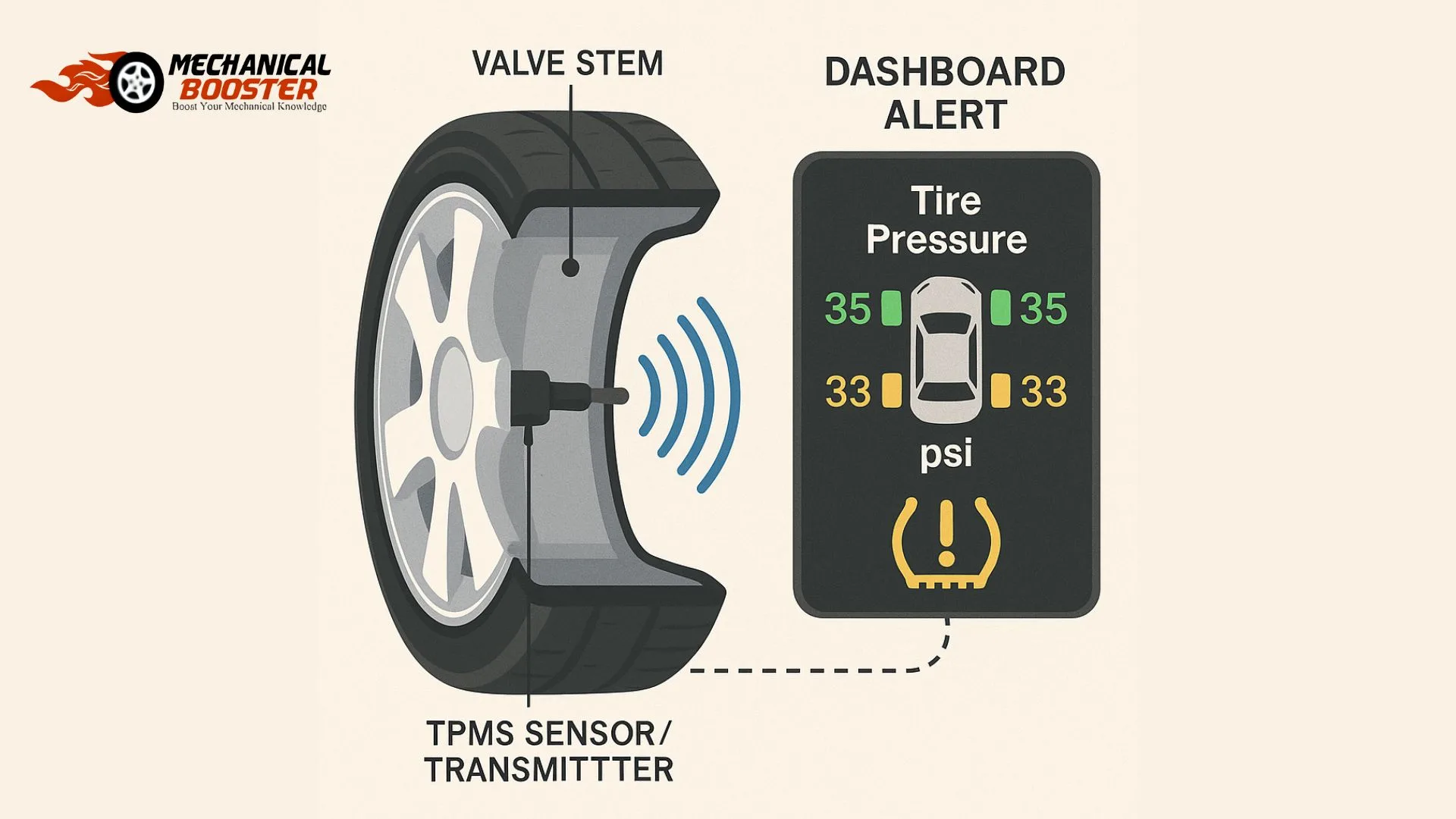
Did you know that underinflated tires are one of the leading causes of road accidents and poor fuel economy? To tackle this, modern vehicles come equipped with a Tire Pressure Monitoring System (TPMS) — an intelligent technology that constantly checks the air pressure inside your tires and alerts you when it drops below the recommended level.
In this guide, we’ll explore what TPMS is, how it works, types, advantages, and maintenance tips — everything you need to know to keep your tires safe and your vehicle efficient.
What is a Tire Pressure Monitoring System (TPMS)?
A Tire Pressure Monitoring System (TPMS) is an electronic system that monitors the air pressure inside a vehicle’s tires. It notifies the driver via a dashboard light or digital display if the pressure in one or more tires falls below the safe threshold.
TPMS helps ensure:
- Optimal tire pressure for safety and performance.
- Better fuel efficiency.
- Longer tire lifespan.
How Does a TPMS Work?
The TPMS measures tire pressure using built-in sensors that send real-time data to the vehicle’s computer system. When the pressure drops, it triggers a warning light on your dashboard — usually shaped like a horseshoe with an exclamation mark (!) inside.
There are two main types of TPMS systems based on how they collect data.
Types of Tire Pressure Monitoring Systems
1. Direct TPMS
- Uses pressure sensors mounted inside each tire.
- Measures the exact air pressure and temperature.
- Sends wireless signals to the vehicle’s ECU (Electronic Control Unit).
- More accurate but slightly costlier.
Pros:
- Real-time, precise readings.
- Detects rapid air loss.
- Displays individual tire pressures.
Cons:
- Requires periodic sensor replacement.
- Higher maintenance cost.
Also Read:
- Top 5 Best Tire Pressure Gauges to Check Tire Pressure
- What Should Be the Tire Pressure for Road Bike?
- How Tire is Made ? Complete Explanation
2. Indirect TPMS
- Works using ABS (Anti-lock Braking System) wheel speed sensors.
- Detects low pressure based on tire rotation differences.
- More affordable but less accurate.
Pros:
- Lower installation cost.
- No physical sensors inside the tires.
Cons:
- Cannot detect gradual air loss.
- Needs recalibration after tire change.
Why is TPMS Important?
1. Improved Safety
Underinflated tires can overheat, burst, or reduce braking efficiency. TPMS ensures your tires remain within the safe pressure range.
2. Better Fuel Economy
Properly inflated tires reduce rolling resistance, improving fuel efficiency by up to 3–5%.
3. Longer Tire Life
Even tire pressure means less wear and tear, saving you from premature replacements.
4. Environmental Benefits
Efficient tires produce lower CO₂ emissions, supporting eco-friendly driving.
Common TPMS Warning Signs
If you see the TPMS light on your dashboard, it could mean:
- Tire pressure is below the recommended level.
- A sensor is malfunctioning.
- The system needs recalibration after tire service.
Pro Tip: Always check tire pressure manually with a gauge even if the TPMS light turns off after refilling air — to ensure accuracy.
TPMS Maintenance & Troubleshooting
- Check sensors regularly — Batteries inside sensors last around 5–10 years.
- Recalibrate after tire rotation or replacement.
- Avoid mixing tire types that confuse indirect TPMS readings.
- Replace faulty sensors promptly to avoid inaccurate alerts.
Can You Install TPMS in Older Vehicles?
Yes! Aftermarket TPMS kits are available for cars, bikes, and trucks. These usually include:
- Pressure sensors for each wheel.
- A display unit (wired or wireless).
- Optional smartphone app connectivity.
These kits cost between $25 – $120 USD depending on brand and features.
Final Thoughts
A Tire Pressure Monitoring System (TPMS) is no longer just a luxury feature — it’s a crucial safety tool that protects your tires, saves fuel, and ensures a smoother driving experience. Whether your vehicle already has it or you’re planning to install one, maintaining correct tire pressure is key to safety and performance.
Drive smart, drive safe — keep an eye on your tire pressure!

